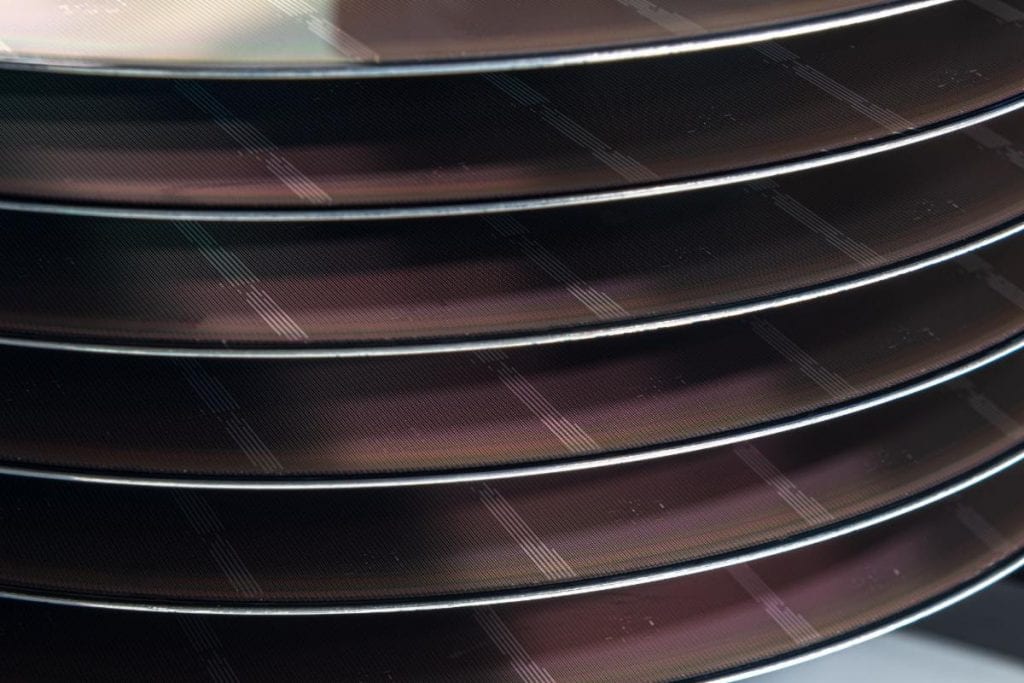3D-Micromac AG, the industry leader in laser micromachining and roll-to-roll laser systems for the semiconductor, photovoltaic, medical device and electronics markets, today introduced the first industrial selective laser annealing system for magnetic sensor formation — the microVEGA™ xMR. Incorporating a highly flexible, high-throughput tool configuration with on-the-fly spot and variable laser energy, the microVEGA xMR accommodates both Giant Magnetoresistance (GMR) and Tunnel Magnetoresistance (TMR) sensors, as well as easily adjusts magnetic orientation, sensor position and sensor dimension — making it an ideal solution for magnetic sensor production.
Crocus Technology, a leading manufacturer of innovative XtremeSense™ TMR magnetic sensors, has purchased and installed a microVEGA xMR system in its facility in Santa Clara, Calif., where the tool will be used in the production of its TMR sensors utilized in consumer electronics, industrial and Internet of Things (IoT) applications.

Magnetic Sensor Market Growth Drivers
The magnetic sensor device market is experiencing strong growth driven by increased demand for magnetic sensors in consumer electronics such as rotation sensors and e-compasses in smartphones and wearables, in appliances such as linear position sensors and angle sensors for brushless DC motors, and in automotive applications such as power steering angle detection and electronic throttle control. Market research and consulting firm MarketsandMarkets estimates that the magnetic sensor market will grow from USD 4.3 billion in 2020 to USD 6.2 billion in 2025 — a compound annual growth rate of 7.7 percent.
Thermal annealing has traditionally been used to maximize the magnetoresistance effects of GMR and TMR sensors. However, this approach requires multiple process steps to produce sensors with different magnetic orientations that are mounted in multi-chip packages or processed as integrated monolithic packages. New approaches are needed to reduce these process steps, simplify the overall production flow, provide scalability to smaller footprint, and enable more cost-effective production of integrated monolithic sensor packages.
“The microVEGA xMR from 3D-Micromac provides us with a flexible yet robust approach to integrated magnetic sensor formation that enables us to implement new sensor designs, lower our production cost and scale up to production more quickly. We want to thank 3D-Micromac for their end-to-end support on this new tool, including providing us with access to their process development and contract manufacturing services prior to tool installation. We look forward to continuing our work with them on new technology collaborations,” stated Zack Deiri, president and CEO, Crocus Technology.
Advantages Over Traditional Annealing Methods
The microVEGA xMR provides several advantages over thermal annealing for magnetic sensor manufacturing. These include higher precision to enable the processing of smaller magnetic device structures, which results in more devices per wafer, as well as the ability to set different reference magnetization directions on sensors across a single wafer. The system’s on-the-fly spot and variable laser energy provide selective heating of the pinning layer in each sensor to “imprint” the intended magnetic orientation. Magnetic field strength and orientation is adjustable by recipe, while high-temperature gradients ensure low thermal impact. This allows sensors to be processed directly next to read-out electronics as well as closer together, and enables the production of smaller sensors — freeing up space for processing more devices per wafer. The result is reduced process steps, simplified production flow, higher yield, and more cost-effective production of integrated monolithic sensor packages.

“Our microVEGA xMR system represents an important achievement in 3D-Micromac’s ongoing strategy to target future-oriented, high-growth-potential markets with innovative products backed by our process expertise and applications services,” stated Tino Petsch, CEO,
3D-Micromac. “We are pleased to have had the opportunity to work with Crocus Technology on one of the first installations of this new product, where they were able to take advantage of our wide range of services, including application and process development as well as contract manufacturing, in order to accelerate their path to production for their new sensor products.” Key features of the microVEGA xMR include:
- High throughput – up to 500,000 sensors per hour
- Very high energy homogeneity – resulting in improved sensor quality
- Accommodates wafer sizes up to 300mm
- Flexible recipe-based programming to control all system parameters including pulse energy, sensor dimensions, distance between sensors, magnetic orientation, and magnetic flux
- Tool accuracy: ± 5 μm
- Magnetic field direction (orientation) accuracy: ± 0.010°
- No consumables or product-specific parts required
For more information on the microVEGA xMR selective laser annealing system, visit:
https://3d-micromac.com/laser-micromachining/products/microvega-xmr/